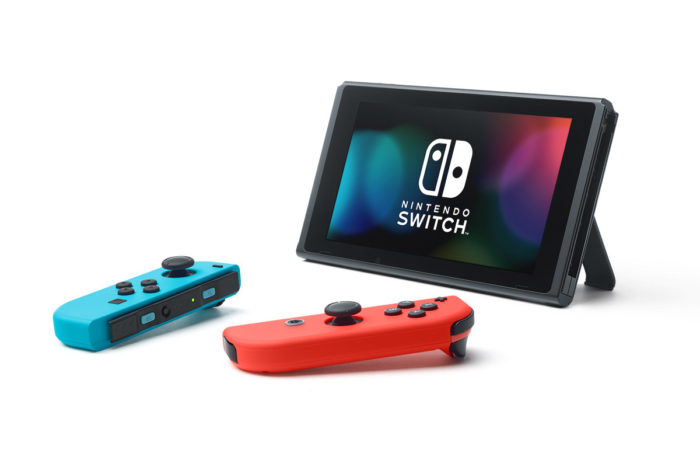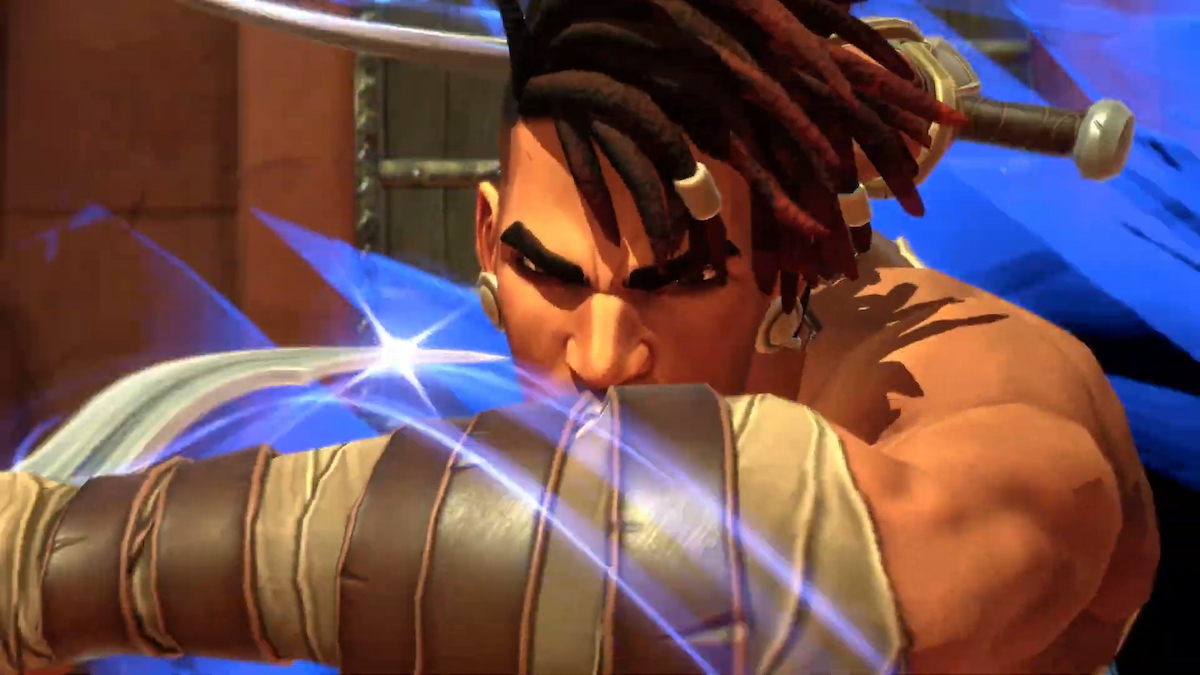Long before Nintendo executives took to the stage in Tokyo to present their new hybrid console, we all received one big promise from the falling star of the Big 3—Nintendo’s next console would not repeat the mistakes of the Wii U.
As early as August 2016, Nintendo executives were clearly hoping to distance their latest creation from the mistakes of its less-than-successful predecessor. Here we are in January 2017 and it seems the Nintendo Switch and Wii U already have far more in common than Nintendo would care to admit. Nintendo of America president Reggie Fils-Aime has repeatedly stated that while Nintendo failed to properly communicate the novelty of the Wii U, they have excelled at properly positioning the Nintendo Switch.
“Nintendo Switch is a home console you can play anywhere, with anyone,” Fils-Aime said during an interview with GameSpot. “…We have communicated the proposition clearly and it is compelling.”
However, that might not be entirely true. Sure, the introduction of the first truly hybrid gaming console is, at the very least, intriguing. That alone is enough to make avid gamers curious about the Switch and what it has to offer. For the average consumer, though, the proposition might not feel so compelling. It seems to be another case of placing new technology on a shiny pedestal, while purpose and functionality are left quivering in the shadows. Sound like a familiar story? Well, it should.
The Wii U was the only console to introduce a tablet-like controller to the home console arena. This new addition was supposed to be an exciting change that would unlock new possibilities for the ecosystem that the Wii had begun to develop. It was perhaps the key selling feature for the new console and yet it always felt severely underutilized and far from groundbreaking. It felt different mainly for the sake of just being different. This is in stark contrast to the success Nintendo saw with the Wii, which introduced and properly utilized motion controllers to create a new type of gaming experience.
Nintendo seems to be positioning the Switch with the same “it is what it is because it is” mentality that plagued the Wii U, while hoping to win back the Wii’s dwindling fanbase by focusing on features that feel familiar to the older gen console. So while Nintendo execs are hoping to position the Switch as a bright look into the future of gaming, they have inadvertently pitched us a hybrid built around a flashback to the past—specifically a flashback to 2006.

The Wii was one of Nintendo’s biggest successes and it seems like they’re betting on the old console, or at least the nostalgia of it, to carry them to yet another victory. Unfortunately, the Wii-esque Joy-Con controllers don’t seem to be mimicking the same kind of popularity. In the official trailer for the Switch, Nintendo placed a huge emphasis on the console’s multiplayer potential. The Switch was constantly seen as the nucleus of social settings as friends gathered around the hybrid in order to share their gaming experiences in a new way.
The Joy-Cons themselves, however, aren’t actually a couch co-op lover’s dream come true. They feel relatively small for both hands to grasp, and awkward arrangement on the right Joy-Con means one player will use a joystick slapped in the center of their controller, creating an unbalanced feel overall. This all goes without mentioning the fact that the Switch would actually struggle to be at the center of a party with a screen that’s only 6.2 inches wide. A comfortable split-screen experience seems impossible, and players would likely have to sit far too close to actually allow spectators to view from afar.
It seems the fanbase that was once incredibly invested in Nintendo’s Wii for its new social potential and hardware innovation is no longer impressed by slick hardware gimmicks. The hype of the Switch seems to be withering away in the harsh, unforgiving heat radiating from the reality of the console’s limitations. Despite Nintendo’s best attempt to use the official Switch trailer as a chance to market their new product as a console fit for a variety of different players, it doesn’t truly feel like a well-balanced solution for the vast majority of consumers.
More serious consumers are left questioning just how much power is under the Switch’s hood. More casual players looking for a revitalization of the co-op experience will likely find the Switch’s screen is far too small to support comfortable split screen gaming in Tablet Mode, and will be faced with the conundrum of deciding which player gets the Joy-Con with the awkwardly-placed joystick. Nintendo fans who hoped to finally get a true online gaming experience will be left wondering why they’re paying the gaming giant for acommunication service that runs solely on their smartphone. Even Nintendo’s usual niche of fun-for-the-whole-family gaming seems to be diluted with the Switch’s current positioning. Instead of seeing families playing virtual tennis or bowling with the motion controllers, we have seen demos of cowboy-style quick-draws and strange virtual cow milking competitions.

So has Nintendo showcased the different modes and features that are available on their new hybrid console? Yes. Have they excelled at positioning the Switch in a way that will convince most consumers that having this sort of hybrid console makes the most sense for their gaming experience, while also assuring them that it will be worth well over $300 once games and expensive accessories are purchased? That remains to be seen.





Published: Jan 23, 2017 05:18 pm